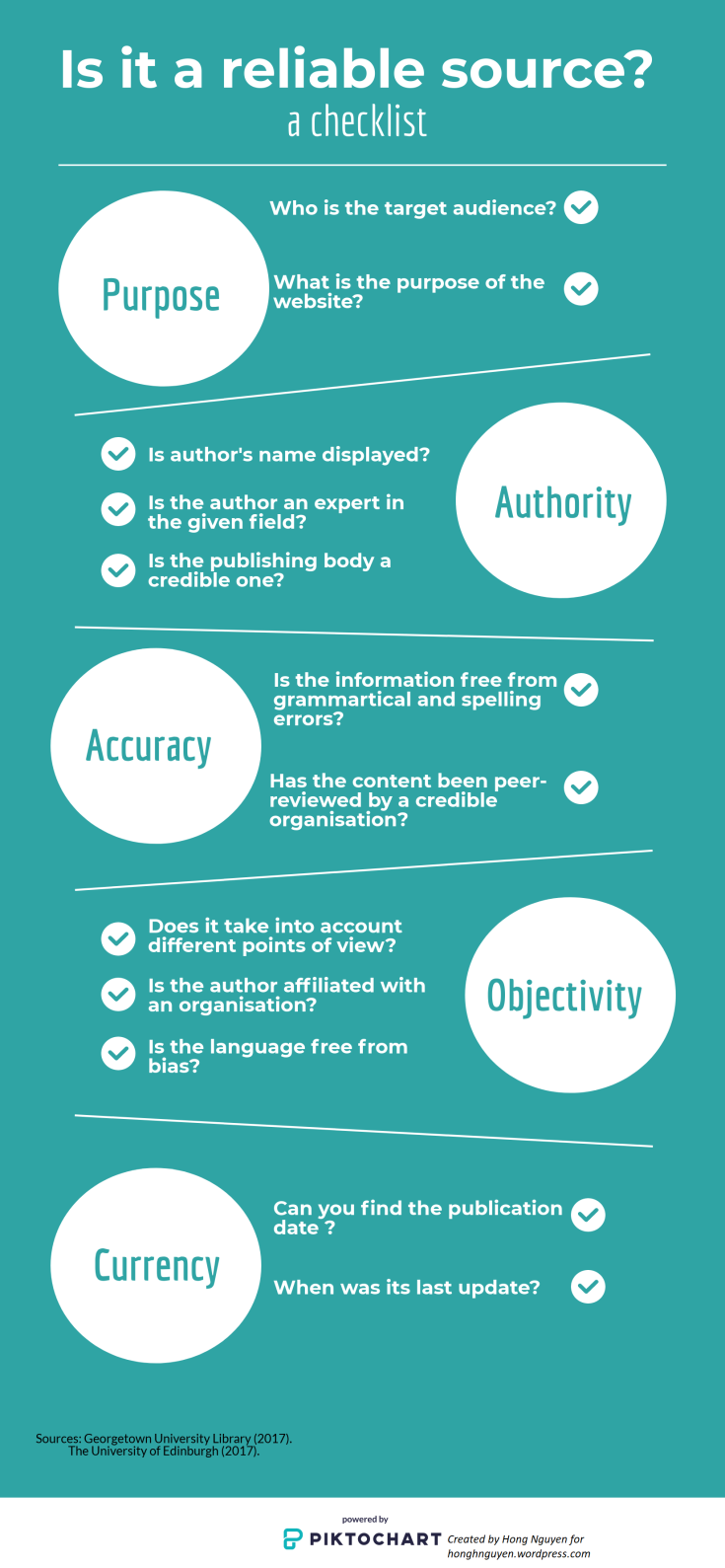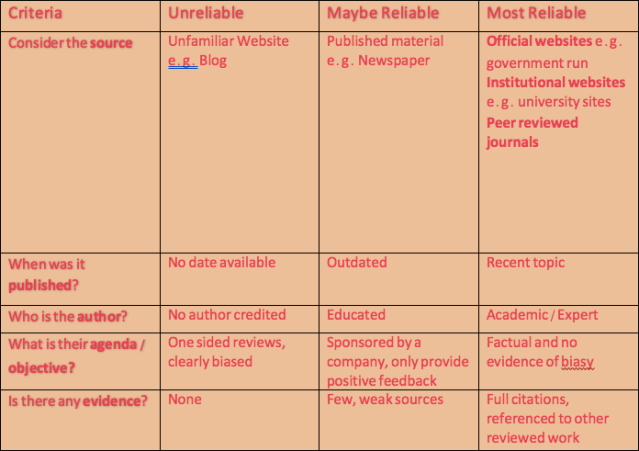
Don’t just read this headline!
From the previous post on Digital Differences, we have seen how internet access could help narrow the social gap by increasing people’s access to information. At the same time, the adaptation of Internet and the growth of social media see an alarming spread of false or misled information. Hence, it is important to obtain the skill to identify reliable sources of information.
Think twice
Whenever you come across an article, think of this checklist.
Continue reading →














